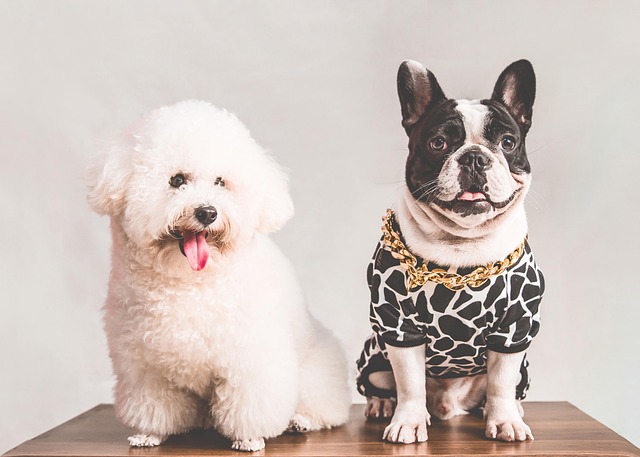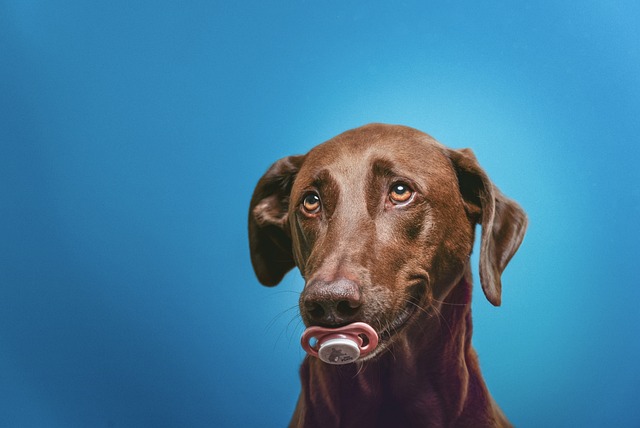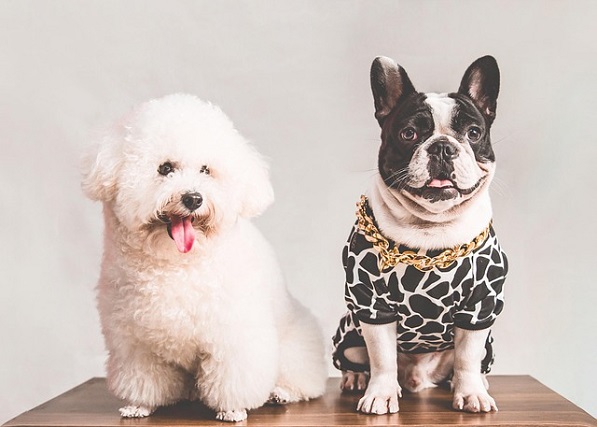
How to clean dog ears with hydrogen peroxide
That head tilt, the frantic pawing, the faint, not-so-pleasant odor wafting from your furry best friend’s ears – it’s a scenario many dog owners dread.
As a dog owner, it’s heartbreaking to see your furry friend sniffling and sneezing through a cold. But once they’re on the mend, you might wonder: when’s the right time to get those essential vaccines? Let’s dig into the details, with a focus on keeping your pet healthy and compliant with Western regulations.
Think of your dog’s immune system as a team of firefighters. When they have a cold, these "firefighters" are busy tackling the current infection. Vaccines are like training exercises for this team, but you wouldn’t ask firefighters battling an actual blaze to stop and practice drills, right? Giving vaccines too soon can overwhelm their already taxed immune system, making them more vulnerable. Typically, vets recommend waiting at least 7 to 10 days after all symptoms—like coughing, sneezing, and fever—completely disappear. For example, if your Labrador retriever’s last sneeze was on Monday, hold off on that vaccine appointment until the following Tuesday at the earliest.
In the US and many European countries, certain vaccines aren’t just good practice—they’re the law. Rabies shots, for instance, are mandatory in most states and regions. Skipping them can lead to hefty fines, and in extreme cases, your dog might be quarantined. But rushing the process isn’t the answer either. If you try to vaccinate while your dog’s still under the weather, the vaccine might not work as effectively, leaving your pet unprotected. It’s a delicate balance, and consulting your vet is crucial. They’ll consider your dog’s breed (smaller breeds may take longer to recover), age, and overall health before giving the green light.
Cultural norms also play a role in pet care. In Western households, dogs are often treated as family members, and responsible pet ownership means prioritizing their well-being. That includes not just following vaccine laws but also respecting your community. If you walk your dog in public parks, a fully vaccinated pet helps protect other animals from diseases. Plus, many boarding facilities and doggy daycares require up-to-date vaccination records. Delaying vaccines due to a recent illness is understandable, but make sure to communicate with these places to avoid any issues.

When the time comes to finally schedule that vaccine appointment, make it a positive experience for your pup. Bring their favorite treat, and praise them during and after the shot. Remember, positive reinforcement isn’t just a training technique—it’s a cornerstone of Western pet care philosophy. By taking these steps, you’re not only ensuring your dog’s health but also being a model pet parent in your community.

That head tilt, the frantic pawing, the faint, not-so-pleasant odor wafting from your furry best friend’s ears – it’s a scenario many dog owners dread.

That unmistakable "puppy smell" hits you the moment you walk in – equal parts sweet corn chips and damp fur.

You're lacing up your sneakers when the first whimper starts. By the time your hand touches the doorknob, your pup is panting, pacing, maybe even trying to block your exit.

The whine starts as you grab your keys. By the time you’re locking the door, frantic scratching echoes from the hallway. Returning home might reveal chewed baseboards or an anxious puddle.

Bringing a Border Collie into your life means welcoming a furry whirlwind of energy and intelligence. These dogs aren't just pets—they're partners who thrive on challenge, connection, and routine.

Picture this: You're preparing for your puppy's first walk in downtown Seattle when you freeze – that innocent-looking collar suddenly feels like a complex safety decision.